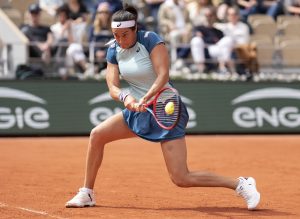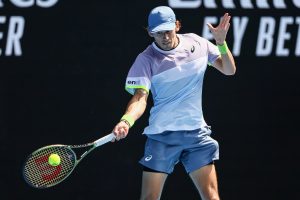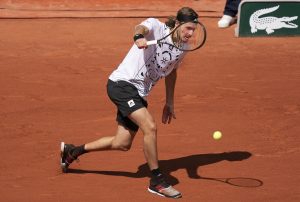It was quite a memorable semifinal day(s) at Wimbledon, though some would argue it was so for good and bad reasons. Bookies saw both matches as 50-50 affairs that could go either way, and the action on court couldn’t have been more in line with that prediction of parity and unpredictability. John Isner vs Kevin Anderson and Rafael Nadal vs Novak Djokovic are now the two longest semifinals in the history of Wimbledon, and the 3rd and 25th longest matches in tennis history, despite being played in a surface that is commonly associated with fast paced tennis.
This led back to the old debate about whether all Slams should adopt the US Open‘s 5th-set tiebreak policy. The Isner vs Anderson marathon in particular sparked quite the outrage from a lot of the tennis community since it was an almost completely serve-dominated contest, with very little rallies, and most of the 5th set felt quite monotonous and repetitive, with the players’ fatigue making it an even more serve-oriented contest.
Isner in particular is no stranger to 5th-set marathons, even aside from that memorable match against Nicolas Mahut on court 18 back at the 2010 edition of this tournament. Isner marathons have practically become a Slam tradition, but they tend to happen in the first week, not in a semifinal with the entire world watching and not when Nadal and Djokovic–two of the sport’s biggest stars–are waiting to get on the court. The particular circumstances of this marathon got many people clamoring for a 5th-set tiebreak, but is such a change really necessary?
Not really. It’s true that at a certain point 5th sets can drag past any reasonable, but there’s a common denominator to the vast majority, if not the entirety, of those situations: John Isner. If a match got to 20-20 in the fifth set, it’s a very safe bet that Isner was somehow involved. In the off chance that he wasn’t, the nearly 40-yea- old Ivo Karlovic was most likely the culprit. In most scenarios, advantage 5th sets make for epic, memorable encounters and provide a satisfying conclusion–look no further than the other semifinal of this year’s Wimbledon between Djokovic and Nadal, which will be remembered as an epic match for a long time.
John Isner is arguably the best server in the history of the sport (only Karlovic has an argument over him), and one of the worst returners ever as well. The possibility of a long 5th set is an added challenge when you play him at a Slam; you know that if you get into a decider, there’s a decent chance Isner will be able to hold his serve for hours on end before wearing out. It’s a different kind of challenge than anything players face and adds a different dimension to tournaments.
Is it boring? For some, maybe, but it’s certainly very compelling and dramatic as well, which many will enjoy regardless of the quality. Is it unfair for the winner, who may then be too tired for the following match? No, Anderson (and many others before him, including Isner himself after the 2010 Mahut match) isn’t a victim, he simply wasn’t good enough to win the match in quicker fashion. Being able to manage your energy throughout the fortnight is part of the challenge of Slam tournaments.
Does it throw schedules out of whack? No. It was not Isner and Anderson’s marathon that threw the schedule out of whack, it was Wimbledon’s antiquated “curfew” rule. Had this happened in Australia or New York, the second semifinal would have been concluded on Friday with no fuss. Before blaming two players who were fighting their hearts out to achieve the best result of their careers, it’s time to take a long, hard look at a tournament that seems in many ways stuck in the 20th century. Wimbledon is the most prestigious and important tennis tournament on the planet. It certainly has the clout to get the village to agree to at least make exception to the curfew.
There’s no epidemic of unreasonably long 5th sets in men’s tennis; they’re incredibly rare and can almost entirely be pinpointed to one man. It makes no sense to change a rule that provides so many epic finishes because of one man; Isner himself advocated for 5th-set tiebreaks after the match (as did Anderson for that matter). It is understandable that Isner is quite tired of playing these seemingly never-ending matches, but it’s the price he has to pay for being one of the worst returners in tennis history. There’s a reason it’s only him that’s a consistent feature in these matches.
Main Photo:
Embed from Getty Images






